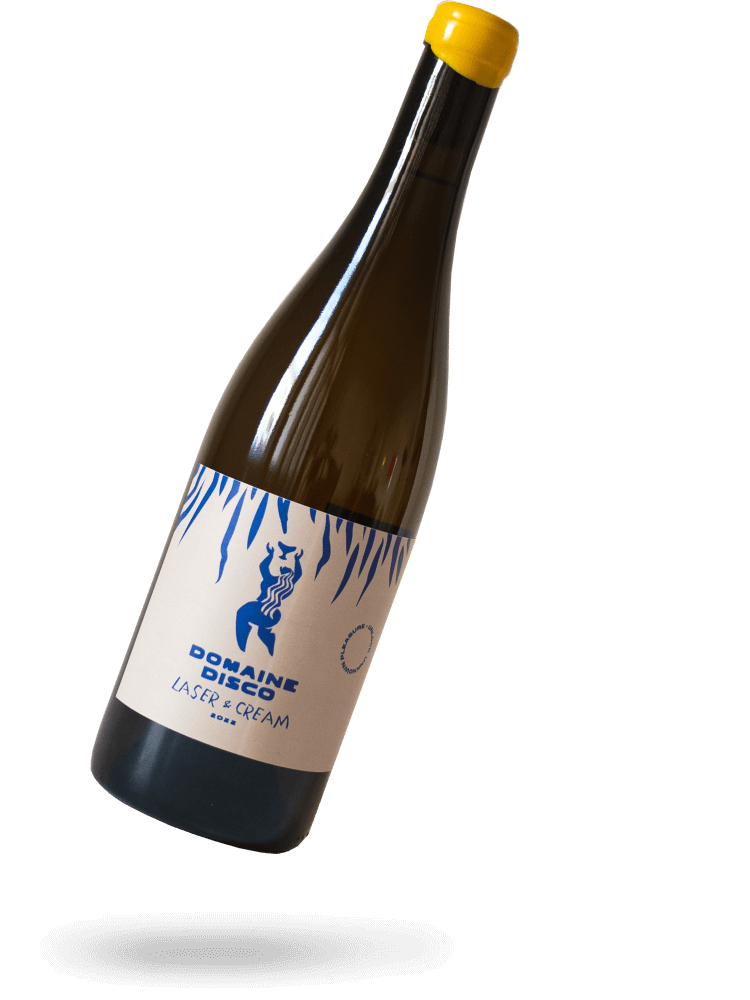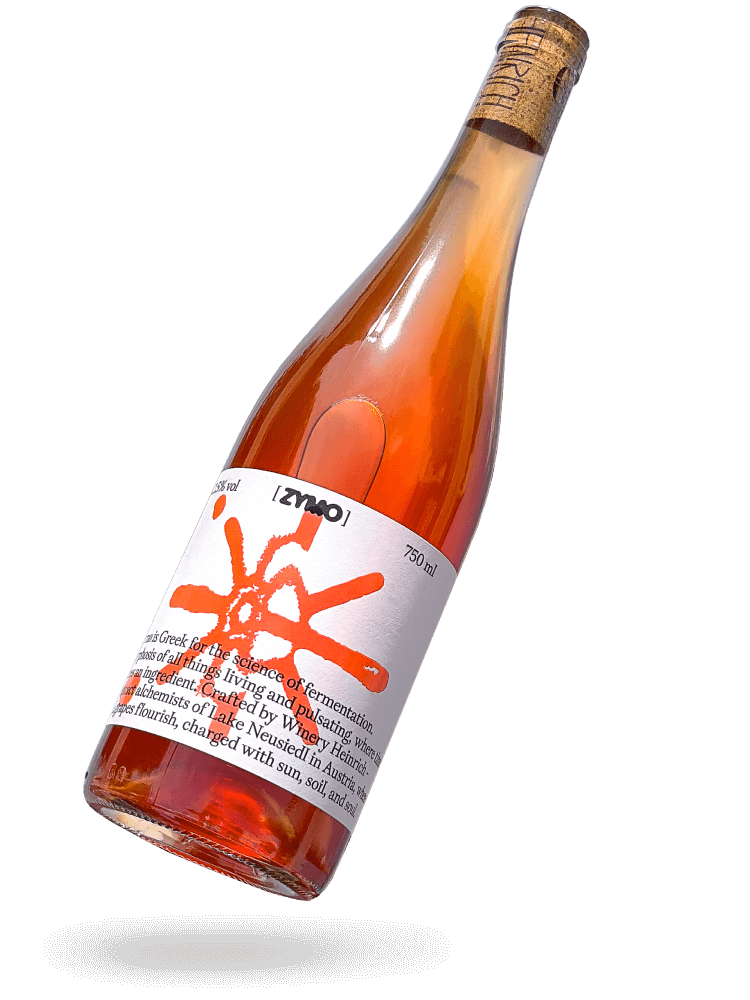Chardonnay: a true chameleon that produces multifaceted wines
Originally, Chardonnay is a natural cross between Heunisch and Pinot and grows in almost any climate and soil. From Burgundy in France, the grape variety has conquered the world and now grows in almost every country where wine is produced.
Equally versatile and versatile is the development in the cellar, from simple table wines to heavy, complex top qualities, everything is possible. Maturation in barriques has become almost obligatory, resulting in further aromas ranging from lightly roasted hazelnuts or almonds to vanilla and other smoky notes.
In Burgundy or Chablis, it delivers the best results on chalky or chalky soils, which have an excellent reputation worldwide. In Champagne, it is part of classic cuvées and serves as a single-varietal base for Blanc de Blancs.

























